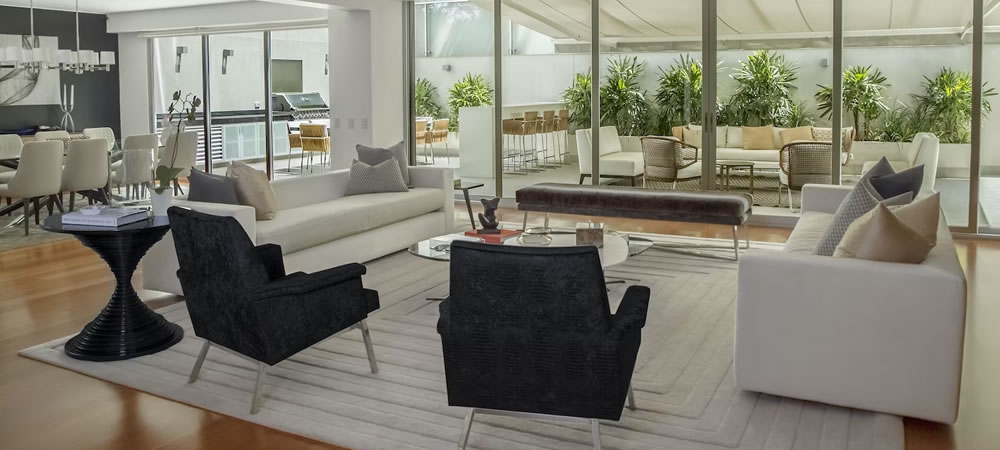In recent years, there has been growing recognition of the importance of mental health and well-being in our daily lives. While factors such as exercise, nutrition, and social connections play significant roles, the design of our living spaces can also have a profound impact on our mental health. Smart home technology, with its ability to enhance comfort, convenience, and safety, is increasingly being recognized for its potential to positively influence mental well-being. In this post, we'll explore the ways in which smart home design can contribute to improved mental health and well-being.
Biophilic Design and Natural Elements: Biophilic design, which incorporates elements of nature into the built environment, has been shown to have numerous benefits for mental health and well-being. Smart home technology can help facilitate biophilic design principles by integrating features such as natural lighting systems, indoor greenery, and smart climate control systems. These elements can help create a calming and rejuvenating environment that promotes relaxation and reduces stress levels.
Lighting and Circadian Rhythms: Lighting plays a crucial role in regulating our circadian rhythms, which in turn influence our sleep-wake cycles, mood, and overall well-being. Smart lighting systems, equipped with features such as tunable white light and circadian rhythm synchronization, can mimic the natural progression of daylight throughout the day. By aligning indoor lighting with our biological rhythms, smart home technology can help promote better sleep quality, mood stability, and overall mental health.
Stress Reduction and Relaxation: Smart home technology can also help reduce stress and promote relaxation through features such as automated relaxation routines, personalized ambient lighting, and immersive soundscapes. For example, smart home systems can be programmed to dim lights, play soothing music, and adjust temperature settings in the evening to create a calming atmosphere conducive to relaxation and sleep. These features can help individuals unwind after a long day and promote feelings of tranquility and well-being.
Safety and Security: Feeling safe and secure in one's living environment is essential for mental health and well-being. Smart home technology can enhance safety and security through features such as smart locks, video surveillance systems, and motion-activated lighting. These systems provide peace of mind and can help alleviate anxiety related to home security concerns, allowing individuals to feel more comfortable and relaxed in their own homes.
Personalization and Control: One of the most significant advantages of smart home technology is its ability to be personalized and controlled according to individual preferences and needs. From voice-activated assistants to customizable automation routines, smart home systems empower users to create environments that cater to their specific comfort and convenience preferences. This sense of control can foster a greater sense of autonomy and empowerment, contributing to improved mental well-being.
Conclusion: The design of our living spaces plays a crucial role in our mental health and well-being, and smart home technology has the potential to significantly enhance the environments in which we live. By incorporating elements of biophilic design, optimizing lighting for circadian rhythms, promoting relaxation and stress reduction, enhancing safety and security, and providing personalized control and customization options, smart home technology can create living spaces that support and promote mental health and well-being. As we continue to explore the intersection of technology and well-being, the potential for smart home design to positively impact mental health is truly exciting.

